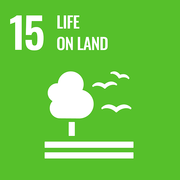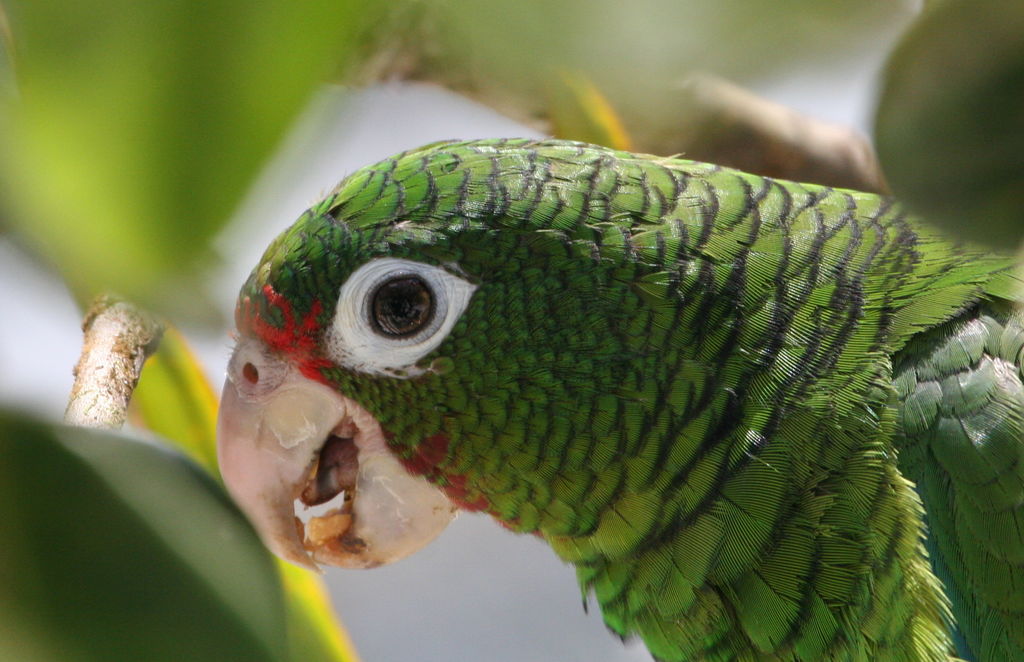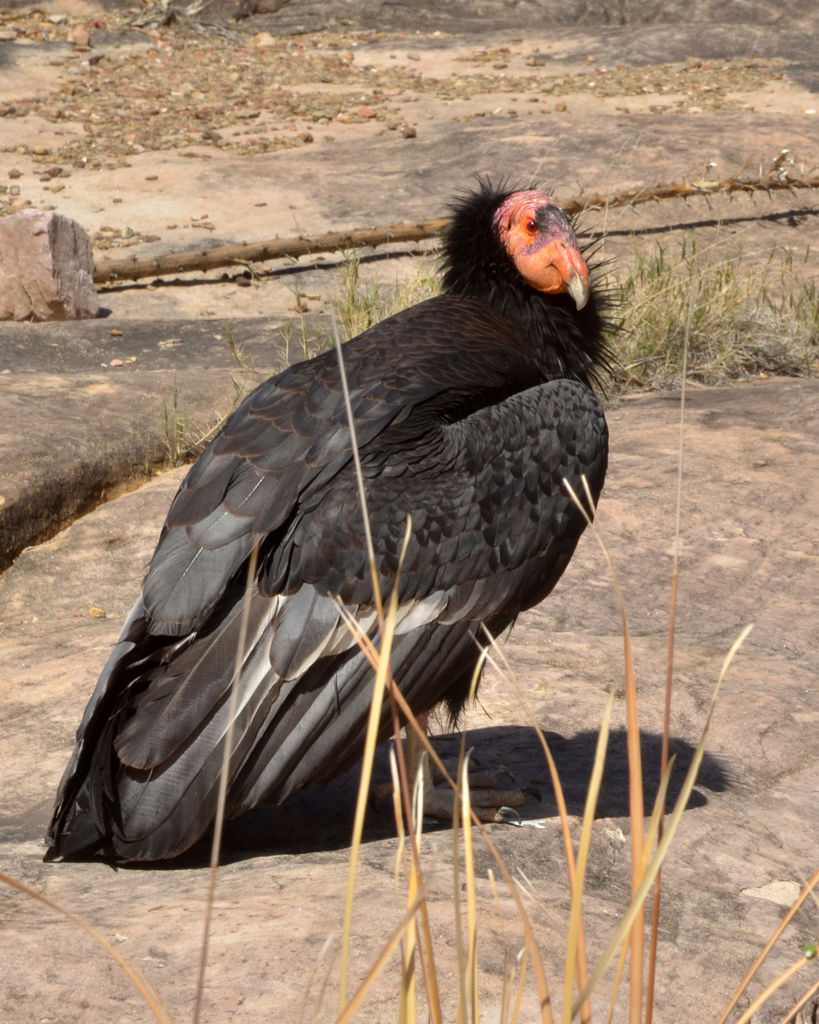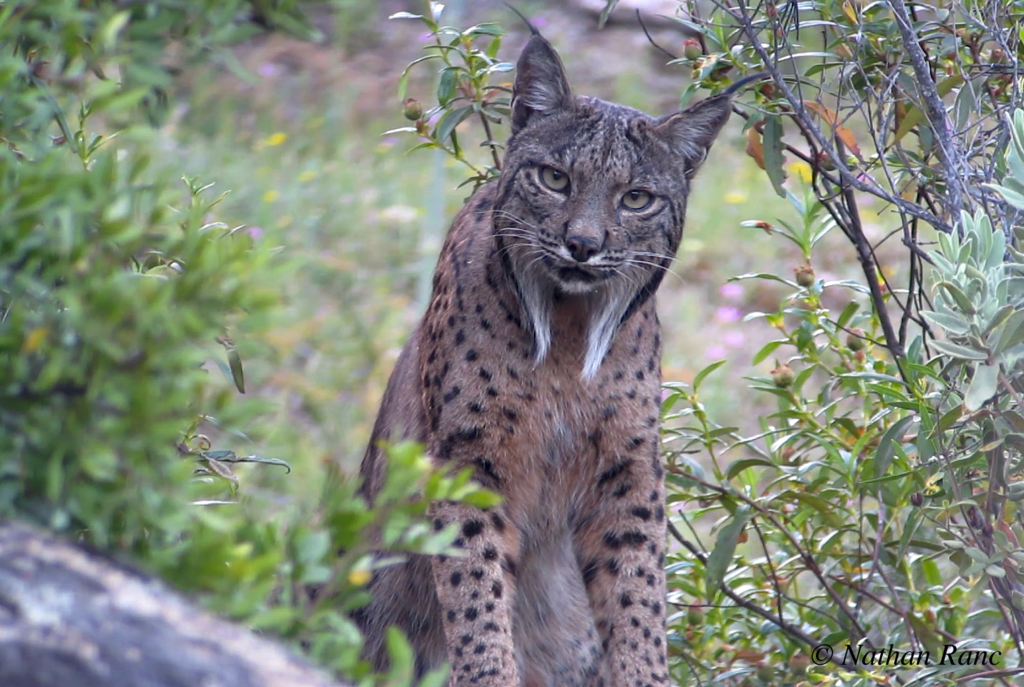
28 safe and sound! How conservation policies have prevented the extinction of many endangered mammals and birds
Life on Earth is the result of complex dynamic balances that allow the evolutionary processes and the incredible biological diversity of the planet. However, biological communities are increasingly going through processes of deterioration and impoverishment, mainly due to human activity, with effects on a global and local scale.
Several studies have confirmed that most of the extinction of native species occurred in recent decades are attributable to human activities, including the development of communication infrastructure, the expansion of industrial and intensive agricultural production and, more generally, the exploitation of non-renewable resources.
Around the world, conservation policies and programs work to re-establish a relationship of coevolution between natural and human systems. But what is their impact on the protection of biodiversity?
Today a new international study coordinated by the University of Newcastle (UK) with the participation of a team of 137 experts from all over the world, including Carlo Rondinini of the Department of Biology and Biotechnology "Charles Darwin" of Sapienza, has identified the protection programs that most proved capable of preventing extinction among the species of birds and animals at greatest risk of extinction according to the Red List of the International Union for Conservation of Nature (IUCN). The outcomes of the work, published on Conservation Letters journal, have shown that at least 28 species of birds and mammals have been saved from global extinction since 1993, including the Przewalski's Horse (Equus ferus), the Iberian Lynx (Lynx pardinus), the Puerto Rican Amazon (Amazona vittata) and the Black Stilt (Himantopus novaezelandia).
Carlo Rondinini, director of the Global Mammal Assessment − a partnership between Sapienza and IUCN − coordinated the analysis of data concerning the mammals. "Without conservation programs − notes Rondinini − to date, the rate of extinction of the species analysed would have been 3 to 4 times higher than that observed: thanks to these actions, among the many species of mammals at risk, fourteen of these have benefited from legislative interventions, such as restrictions on trade, and nine have been subjected to interventions of reintroduction and ex-situ conservation in zoos. A prime example is the Przewalski's horses, extinct in nature in the 60s of the last century. In 1990 the reintroduction interventions began, and in 1996 the first individual was born in the wild. Now more than 760 Przewalski horses live free in Mongolia's steppes."
With regard to birds, the study showed that twenty-one species benefited from the control of invasive species, 20 from the ex-situ conservation and 19 from the protected areas district. One of the birds assessed by the team is the Puerto Rican Amazon, a small parrot endemic to the island of Puerto Rico. Its once abundant population reached its minimum size in 1975 when only 13 individuals had survived in the wild. Since 2006, considerable efforts have been made to reintroduce the species to a second site, in the State Reserve of Rio Abajo, the only area now populated.
Although conservation actions have slowed the decline, for some of the species included in the study, such as the vaquita (Phocoena sinus) of the Gulf of California, it may be impossible to prevent extinction in the wild.
"The biodiversity crisis is so great that we cannot afford any more failures. Understanding which conservation actions have the most hope of success in different scenarios is fundamental to plan the future of biodiversity and the planet" − says Carlo Rondinini. "Investing to avoid the extinction of the most endangered species is important, but these species are just the tip of the iceberg. Most species are suffering a dramatic decline and many will risk extinction in the coming decades. It is necessary to reverse this trend and support the diversity of life on our planet, and to reduce the daily and pervasive impact of our systems of production and consumption of food and energy by adopting genuinely sustainable lifestyles."
References:
How many bird and mammal extinctions has recent conservation action prevented? − Bolam, F.C, Mair, L., Angelico, M., Brooks, T.M, Burgman, M., McGowan, P. J. K & Hermes, C. et al. − Conservation Letters, 2020, e12762. doi: https://doi.org/10.1101/2020.02.11.943902
Further Information
Carlo Rondinini
Department of Biology and Biotechnology "Charles Darwin"
carlo.rondinini@uniroma1.it






